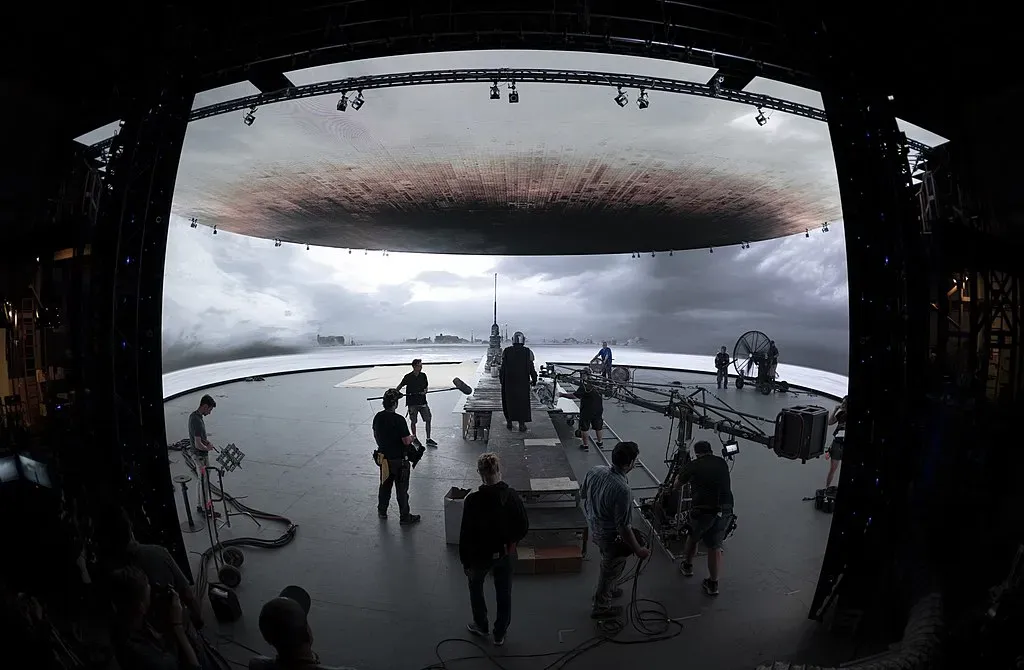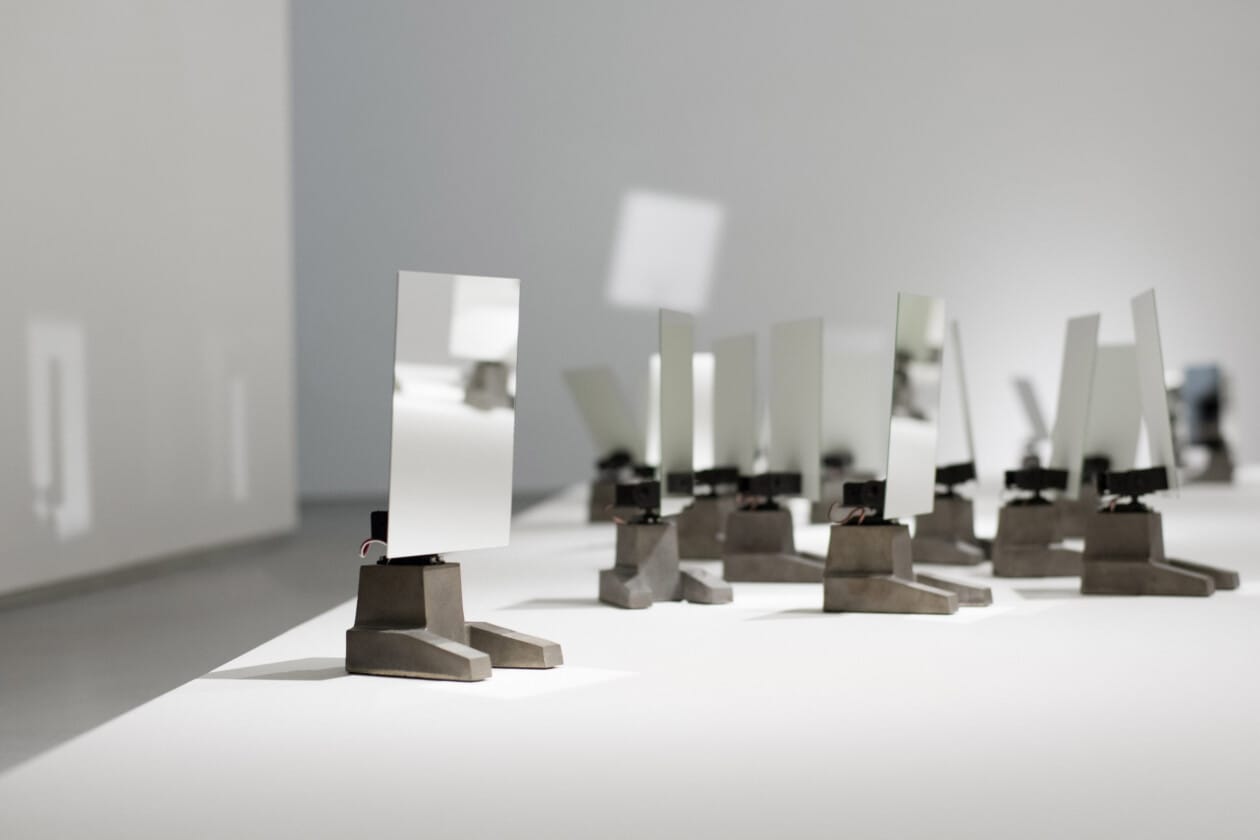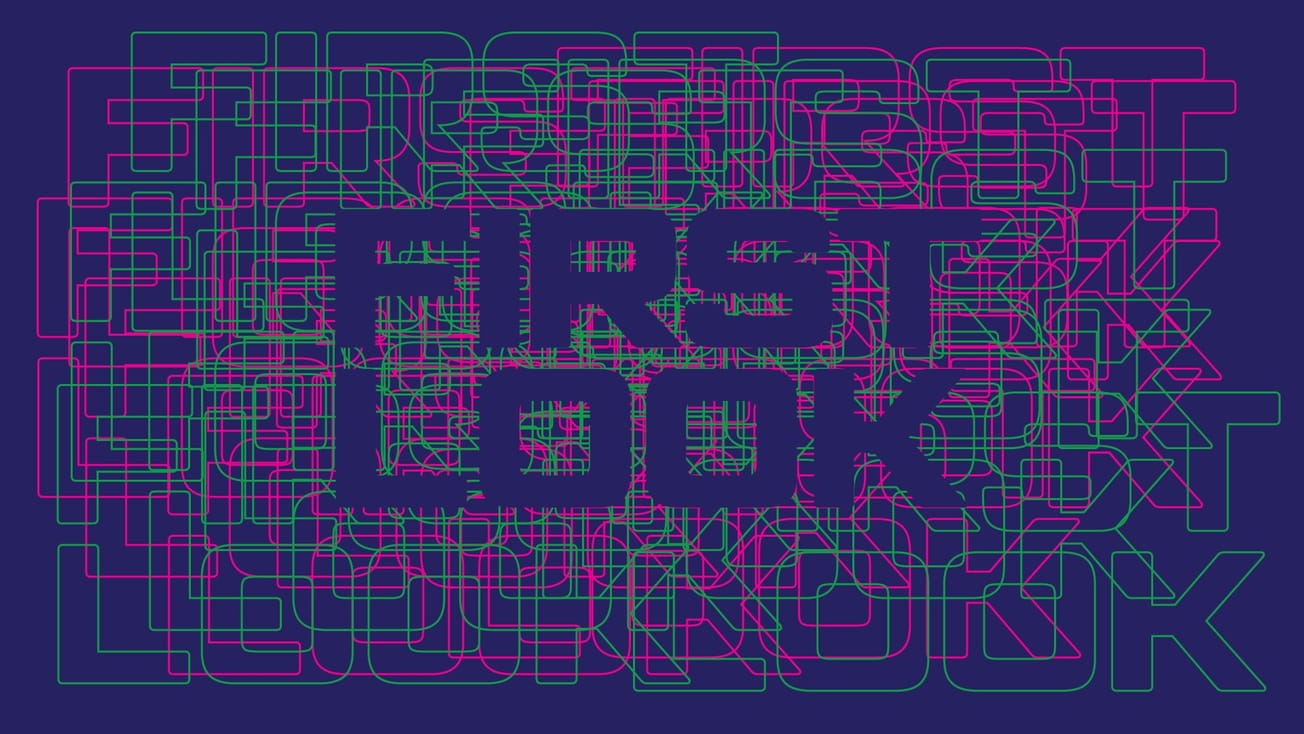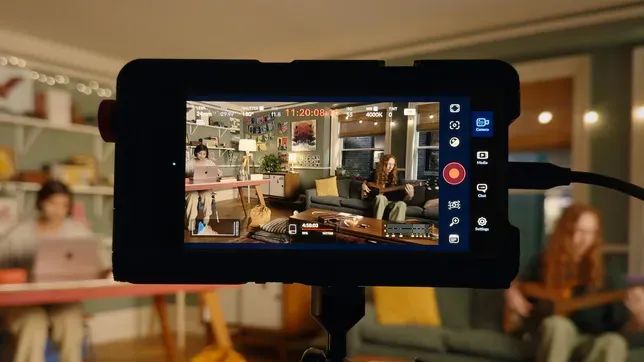Since the early 1990s, we’ve seen CGI and motion-capture technology reshape modern filmmaking. These innovations sparked ongoing debate among fans and critics about the balance between digital and practical effects. While that conversation has played out in public, another emerging technology has been quietly gaining traction: volumetric filmmaking — a hybrid of game design and cinema that places real actors inside fully interactive, 360-degree virtual environments.
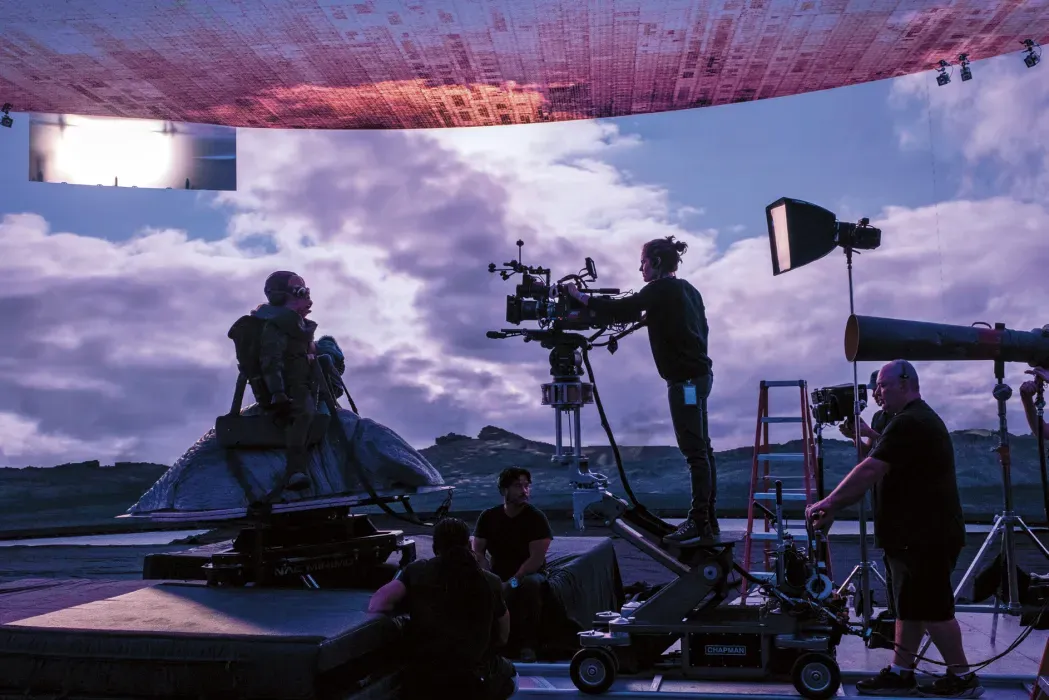
Volumetric Filmmaking is a narrative form that is completely interactive. Placing real people in 360-degree virtual environments that react with/to the participant. The history of this emerging tech and its various levels of experimentation is quite extensive. From 3D captured point clouds in a Radiohead video, the Microsoft Kinect, to the Oculus Rift. There have been continuous iterations and variations culminating in Depthkit’s volumetric Film Software. This package offers an in-house method for volumetric filmmaking. It utilizes a combination of depth sensors, cameras, and a green screen, with a robust post-editing suite.
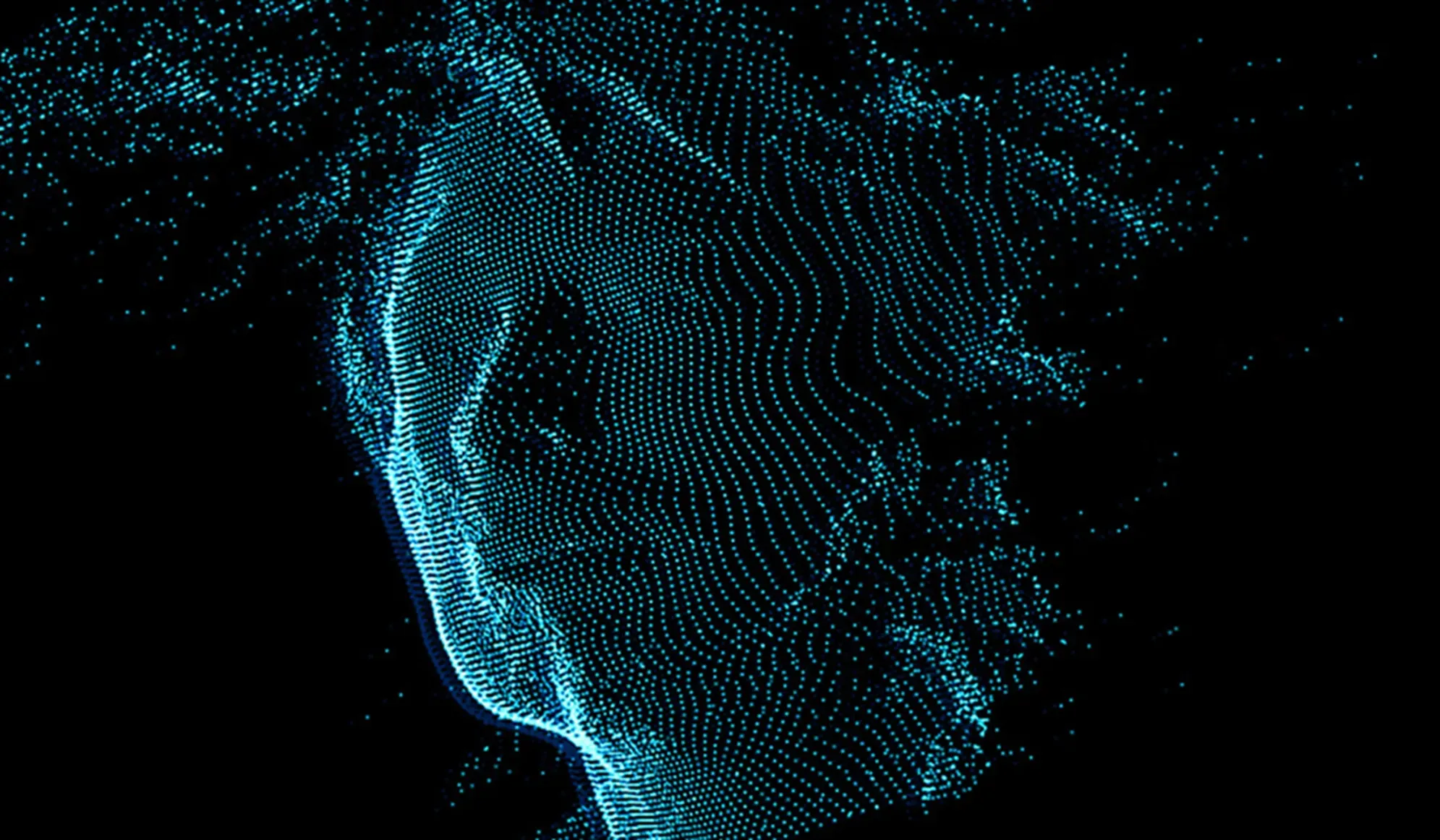
Perhaps there is no greater example of this form of filmmaking in the industry than Disney studios and Lucasfilm division ILM (Industrial Light & Magic)’s “The Volume”. The Volume is an immersive LED soundstage. It is 360 degrees of LED panel screens. Backgrounds are built beforehand utilizing a combination of CGI, layered images, and real footage. Sensors are placed on the cameras so the virtual world is oriented with directional integrity. It allows filmmakers to make editing choices in real time and it allows actors to engage with an environment rather than a green screen. The soundstage itself is a combination of the LED screen and physical sets and props.
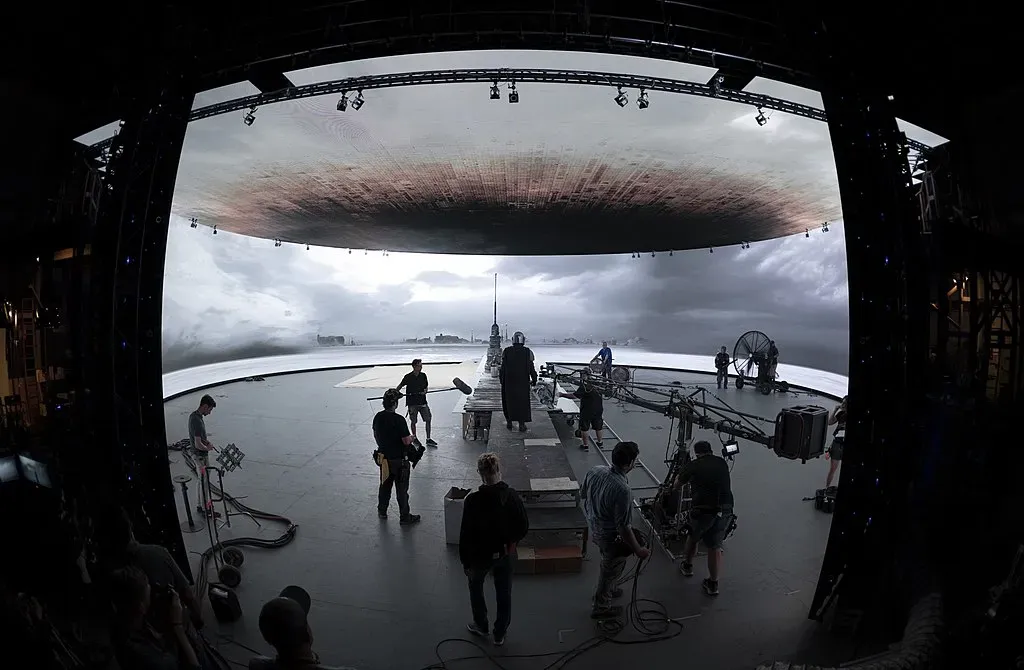
The success of this type of filmmaking is still in question. As production on shows like “The Mandalorian” and “Obi-Wan Kenobi” varies in its quality, critics are quick to deconstruct, dismiss, or embrace the innovative technique. However, with HBO’s “House of Dragon” also using their own version of this technology, it seems that film and TV are ushering in volumetric filmmaking. It’s cost-effective and efficient, and while there are certainly hiccups, it’s establishing its place as a standard form of filmmaking.

